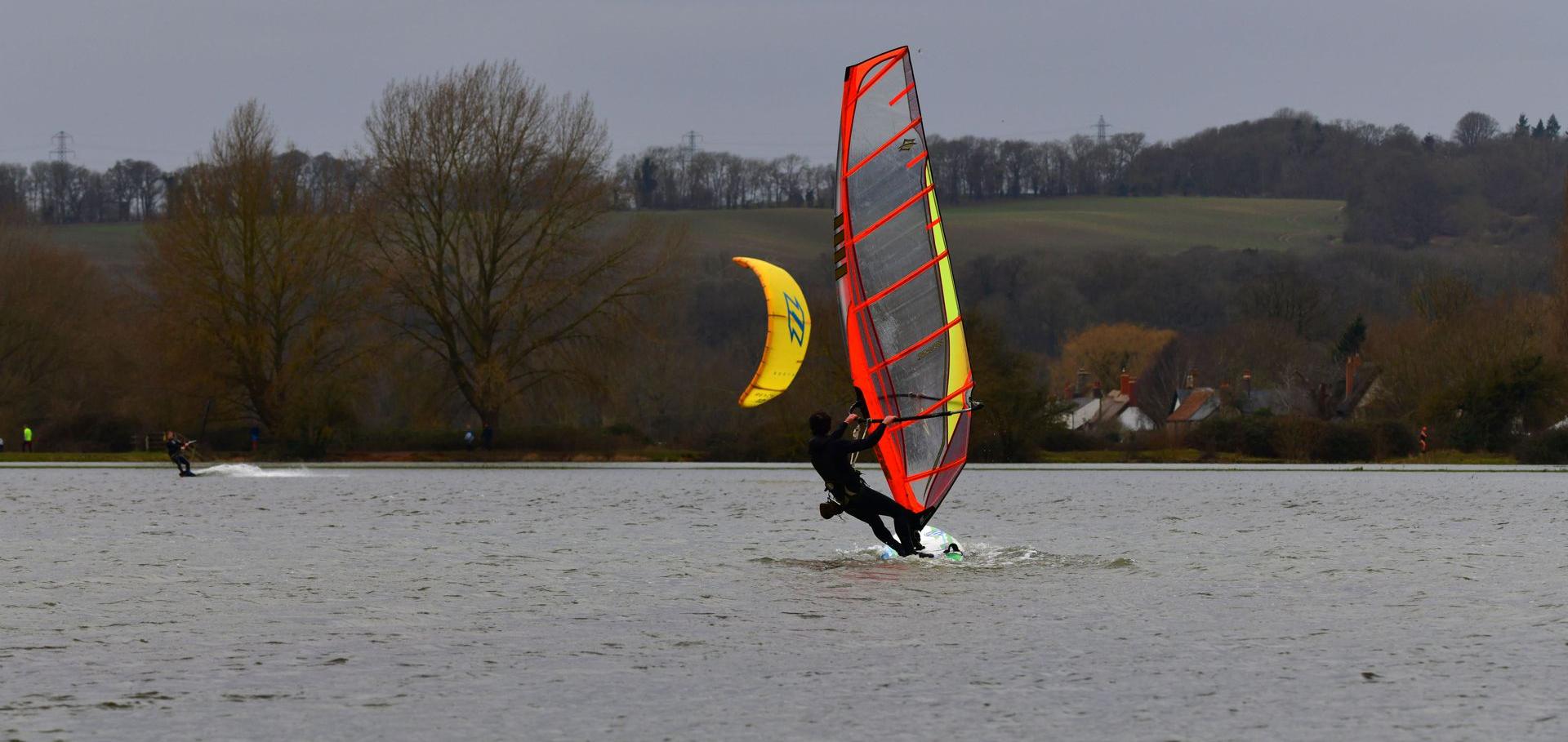An introduction to the physics of the bacterial flagellar motor: A nanoscale rotary electric motor
Contemporary Physics 50:6 (2009) 617-632
Abstract:
Biological molecular motors show us how directed motion can be generated by nanometre-scale devices that work at the energy scale of the thermal bath. Direct and indirect observations of functioning single molecule motors allow us to see fundamental processes of statistical physics unfolding in microscopic detail at room temperature, something that was unimaginable only a few decades ago. In this review, we introduce molecular motors and the physics relevant to their mechanisms before focusing on our recent experiments on the bacterial flagellar motor, the rotary device responsible for bacterial locomotion.A molecular brake, not a clutch, stops the Rhodobacter sphaeroides flagellar motor.
Proc Natl Acad Sci U S A 106:28 (2009) 11582-11587
Abstract:
Many bacterial species swim by employing ion-driven molecular motors that power the rotation of helical filaments. Signals are transmitted to the motor from the external environment via the chemotaxis pathway. In bidirectional motors, the binding of phosphorylated CheY (CheY-P) to the motor is presumed to instigate conformational changes that result in a different rotor-stator interface, resulting in rotation in the alternative direction. Controlling when this switch occurs enables bacteria to accumulate in areas favorable for their survival. Unlike most species that swim with bidirectional motors, Rhodobacter sphaeroides employs a single stop-start flagellar motor. Here, we asked, how does the binding of CheY-P stop the motor in R. sphaeroides--using a clutch or a brake? By applying external force with viscous flow or optical tweezers, we show that the R. sphaeroides motor is stopped using a brake. The motor stops at 27-28 discrete angles, locked in place by a relatively high torque, approximately 2-3 times its stall torque.A molecular brake, not a clutch, stops the Rhodobacter sphaeroides flagellar motor
Proceedings of the National Academy of Sciences of the United States of America 106:28 (2009) 11582-11587
Abstract:
Many bacterial species swim by employing ion-driven molecular motors that power the rotation of helical filaments. Signals are transmitted to the motor from the external environment via the chemotaxis pathway. In bidirectional motors, the binding of phosphorylated CheY (CheY-P) to the motor is presumed to instigate conformational changes that result in a different rotor-stator interface, resulting in rotation in the alternative direction. Controlling when this switch occurs enables bacteria to accumulate in areas favorable for their survival. Unlike most species that swim with bidirectional motors, Rhodobacter sphaeroides employs a single stopstart flagellar motor. Here,weasked,howdoes the binding of CheY-P stop the motor in R. sphaeroides - using a clutch or a brake? By applying external force with viscous flow or optical tweezers, we show that the R. sphaeroides motor is stopped using a brake. The motor stops at 27-28 discrete angles, locked in place by a relatively high torque, approximately 2-3 times its stall torque.Model studies of the dynamics of bacterial flagellar motors.
Biophys J 96:8 (2009) 3154-3167
Abstract:
The bacterial flagellar motor is a rotary molecular machine that rotates the helical filaments that propel swimming bacteria. Extensive experimental and theoretical studies exist on the structure, assembly, energy input, power generation, and switching mechanism of the motor. In a previous article, we explained the general physics underneath the observed torque-speed curves with a simple two-state Fokker-Planck model. Here, we further analyze that model, showing that 1), the model predicts that the two components of the ion motive force can affect the motor dynamics differently, in agreement with latest experiments; 2), with explicit consideration of the stator spring, the model also explains the lack of dependence of the zero-load speed on stator number in the proton motor, as recently observed; and 3), the model reproduces the stepping behavior of the motor even with the existence of the stator springs and predicts the dwell-time distribution. The predicted stepping behavior of motors with two stators is discussed, and we suggest future experimental procedures for verification.Direct Observation Of Rotation Of F1-Atpase From Saccharomyces cerevisiae With mgi Mutations
Biophysical Journal Elsevier 96:3 (2009) 143a-144a


